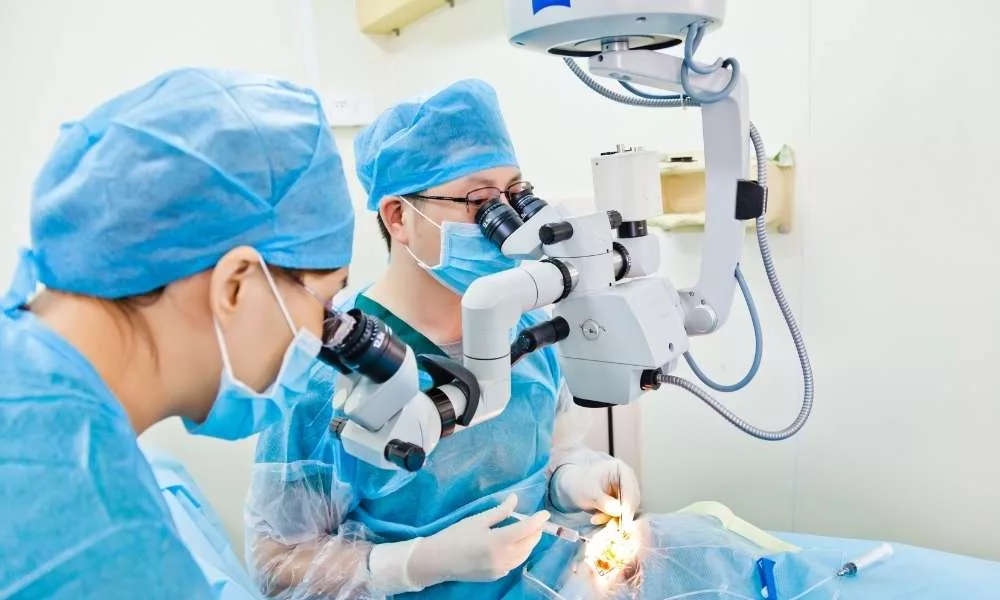

Chronic back pain can significantly impact your quality of life. If conservative treatments haven’t provided relief, spine surgery might be recommended. Traditionally, this meant a major open surgery with lengthy recovery. Thankfully, advancements have led to minimally invasive spine surgery (MISS), offering a faster path to healing. Let’s explore the key differences in recovery time between these two approaches.
Open Spine Surgery: The Traditional Route
Traditional open spine surgery involves a large incision (often 4-6 inches) to access the affected area. This requires extensive muscle dissection to visualize the spine. While highly effective, this approach can lead to significant post-operative pain, muscle weakness, and longer hospital stays (typically 3-7 days).
Recovery from open spine surgery can be a slow and arduous process. Extensive muscle damage often translates into prolonged pain and limitations in movement. Physical therapy is crucial for regaining strength and flexibility, but it can take weeks or even months to return to normal activities.
Minimally Invasive Spine Surgery: A Quicker Path to Recovery
MISS utilizes smaller incisions (usually less than an inch) and specialized instruments to access the spine. This minimizes muscle disruption, leading to several advantages in recovery time:
- Reduced Pain: Since MISS involves minimal muscle damage, post-operative pain is generally less severe compared to open surgery. This translates to quicker pain management and a smoother transition to physical therapy.
- Shorter Hospital Stays: The less invasive nature of MISS often allows for same-day or overnight hospital stays. This reduces exposure to hospital-acquired infections and allows patients to recover in the comfort of their own homes sooner.
- Faster Return to Activity: With less muscle damage and quicker pain control, patients undergoing MISS can typically begin physical therapy earlier and experience a faster return to daily activities. Studies have shown significant reductions in recovery time compared to traditional open surgery.
Beyond the Numbers: Additional Recovery Benefits of MISS
While faster recovery times are a significant advantage of MISS, there are other benefits to consider:
- Reduced Risk of Infection: Smaller incisions translate to a lower risk of post-operative infections, a common concern with major surgeries.
- Less Blood Loss: MISS procedures typically involve less blood loss compared to open surgery, minimizing the need for blood transfusions and promoting faster healing.
- Minimal Scarring: Smaller incisions lead to less noticeable scarring, improving cosmetic outcomes.
Choosing the Right Approach: Consulting Your Spine Specialist
Both traditional open surgery and MISS have their place in treating spinal conditions. The best approach for you will depend on various factors, including the specific condition, severity, and your overall health. Consulting a qualified spine specialist is crucial for a personalized evaluation and determining the most suitable surgical option for your needs. They will discuss your medical history, perform a physical examination, and may order imaging tests to create a comprehensive treatment plan.
Conclusion: Minimally Invasive Spine Surgery Offers a Faster Path to Recovery
If you’re facing the prospect of spine surgery, minimally invasive techniques offer a compelling alternative to traditional open surgery. With less pain, shorter hospital stays, and quicker recovery times, MISS can help you get back to your life faster. Remember, this article provides a general overview. Always consult your spine specialist to discuss your specific situation and determine the best path forward for a successful recovery.



